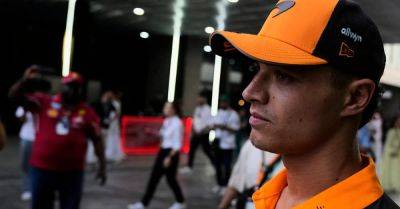The secret history of Formula 1 in Saudi Arabia
JEDDAH: As McLaren’s Oscar Piastri lifted the winner’s trophy on Sunday night, the Saudi Arabia Grand Prix marked a milestone that goes far beyond the checkered flag.
With its fifth edition concluded, Jeddah is now not just another Grand Prix for racing fans; it is the world’s fastest and second-longest street circuit in Formula 1 history.
In just five years, the Kingdom has turned its coastal circuit into one of the most talked-about stops on the Formula 1 calendar.
This anniversary is not just a celebration of fast cars and thrilling races, but also a testament to the Kingdom’s pursuit of global sports recognition.
As the roar of engines faded into silence and the grandstands emptied, the importance of this race in the Kingdom’s sporting history is just beginning to sink in.
Few know the backstory and how a series of off-track moves, quiet negotiations, and long-term ambitions brought the sport onto Saudi Arabia’s soil.
Before the first engine revved up in 2021, the wheels had already been set in motion.
Secret push behind the Grand Prix
Long before the first roar of Formula 1 cars echoed along Jeddah’s Red Sea coast, the idea of bringing the world’s fastest sport to Saudi Arabia was quietly gaining traction in various boardrooms in Riyadh.
It was not just about motorsport, it was a calculated move tied to Vision 2030: to diversify the Kingdom’s economy, elevate its global image, and position Saudi Arabia as a serious player in international sports.
The deal was not public at first. Whispers began to be heard in early 2018, shortly after Saudi Arabia secured rights to host the all-electric Formula E in Diriyah.
That event was seen as a trial, a





